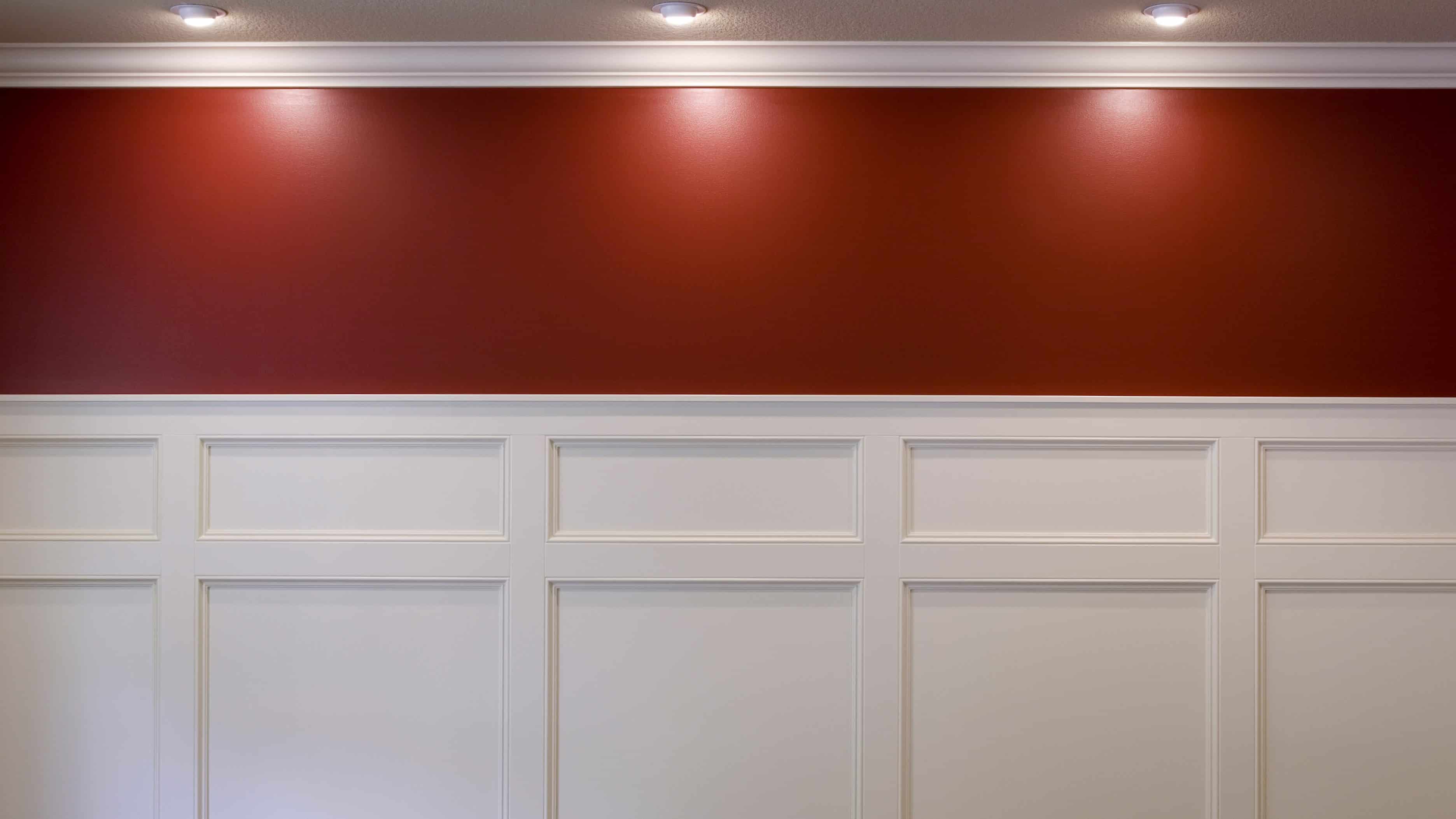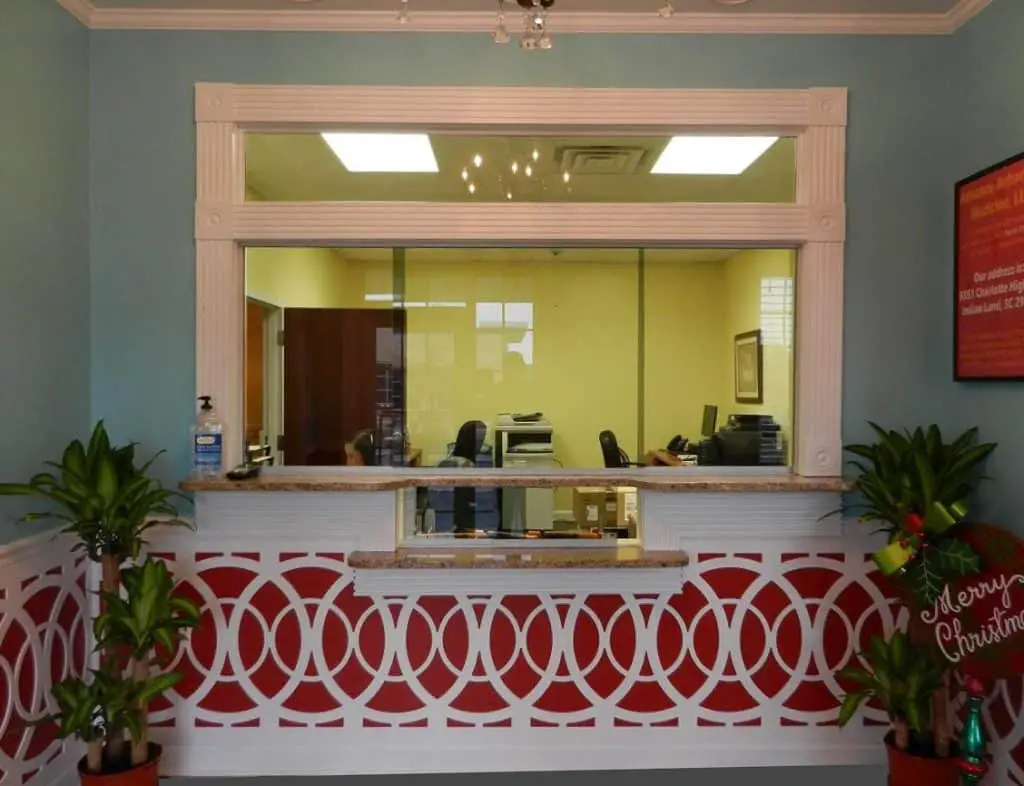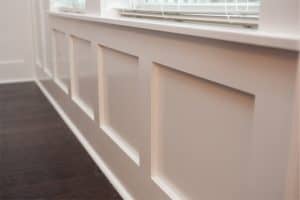The conceptualizing and implementation of interior home ideas require creativity and the essence of innovation while planning. Whether it is a professional or leisure pursuit, the job of invention, design, and implementing strategies for the room demands experience and artistic skills. Individuals dealing with interior design must be mindful of the existing trends and approaches with the most prevalent and accepted color combinations. Interior designing is the art and science of enhancing home features to achieve a healthier and aesthetically pleasing ambiance for the dwellers. To achieve this approach, waiWainscoting old but reformed ideas instantly transforms the entire room’s look, making it appealing and attractive.
What Is Wainscoting?
Wainscoting is the installation of board-shaped wooden or plastic panels. These panels are installed for various purposes, such as making the room appear bigger or lighter. To achieve their functionality, they can be done in any part of the room with different materials.

Wainscoting can be decorative or practical, serve various purposes, and make the room elegant for casual or formal dining. For bathrooms, water-resistant materials are used to secure the walls from being wet. There are panels available that suit the functionality of every room. Wainscoting Designs, as previously seen, were in vintage designs, but nowadays, they are available in different designs and sizes as they can be installed for a more decorative purpose.
How High Should Wainscoting Be With 6-foot Ceilings?
Wainscoting should be high, 24 inches, with 6-foot ceilings. Usually, for best design proportion, the 6-foot ceiling wainscoting height should be one-third of the wall’s height or 24 inches.
How High Should Wainscoting Be With 7-foot Ceilings?
Wainscoting should be 28 inches high with 7-foot ceilings. Usually, for the best design proportion, the 7-foot ceiling wainscoting height should be one-third of the wall’s height or 28 inches.
How High Should Wainscoting Be With 8-foot Ceilings?
Wainscoting should be high, 32 inches, with 8-foot ceilings. Usually, for best design proportion, the 8-foot ceiling wainscoting height should be one-third of the wall’s height or 32 inches.
How High Should Wainscoting Be With 9-foot Ceilings?
Wainscoting should be high, 36 inches, with 9-foot ceilings. Usually, for best design proportion, the 9-foot ceiling wainscoting height should be one-third of the wall’s height or 36 inches.
How High Should Wainscoting Be With 10-foot Ceilings?
Wainscoting should be 40 inches high with 10-foot ceilings. For the best design proportion, the wainscoting height should be one-third of the wall’s height or 40 inches.
How much is WaiWainscotingr square foot?
Cheap plastic Wainscoting costs from $6 to $11 per square foot. However, quality wooden panels can cost $10 to $40 per square foot. Materials cost $15 per square foot, and labor costs are around $95 per hour. Usually, one room can cost up to $3000.
Wainscoting History
The history of wainscoting dates back to the 18th century when people used the panel covering to insulate a room and provide durability to the painted walls. However, nowadays, they are mainly used for creative purposes, aligned to the chair rail level, making the room visually appealing. Historically, the preferred material for waiWainscotings wood was wood, but as the demands and creativity increased, the availability of the materials also increased in the market. Currently, the designers have changed the design approach of this panel, which is only installed on the lower portion of the walls to highlight the key features. We can adjust the heights and widths of these panels to the size and demand. Key elements such as the room’s ceilings, height, color, shape, and dimensions are considered, and panels are installed, assuming the fundamentals of the room. Typically, waiWainscotinges as high as 5 feet, all the way up to the wall, to ensure an extra layer of protection from water or fungus. The top part is then left for paint or wallpapers.
If the concept of waiWainscoting is not applied tactfully, the room may appear smaller and darker. It is essential to carefully select the colors and materials of the paneling to add the element of aesthetics and creativity. Light-colored and lower panels will make the room appear brighter and more spacious. For instance, if a room has tiny and narrow windows, elongated waiWainscotingll makes the windows appear more prominent and shorter. Ideally, this concept can fit rooms with a small table and ample space. However, Wai Wainscotingat is near tiling, making the entire room appear lower.
People looking forward to installing a chandelier should consider the wainscoting height. Some contractors use a special-density fiberboard, an engineered pressed board product. It is the most cost-effective and good quality choice for any room without water, so it is not preferable to be used in bathrooms. That is a reasonable choice and cannot be installed on the kitchen walls as water is highly expected in the room. However, natural solid wood or tiles are used for paneling in the bathroom or kitchen because they will resist spatters and spills. Wainscotings in areas prone to moisture are made from ceramic tiles, which can be easily cleaned and possess non-porous characteristics.
Wainscoting designs
There are multiple designs and styles available in waiWainscotinghe beadboard is the most common one, which comes with grooves. It is the most versatile, allowing homeowners to add elements of versatility in indoor and outdoor spaces. Previously, its installation was a bit difficult and laborious, but now it is available with tailored wall-length pieces readily available on the market. Flat and raised panel pieces are also accessible, depending on the contractor’s and homeowner’s preferences.
The installation depends on the arrangement of the parts and the selected painting method. However, as mentioned earlier, a specific panel is available for easier cleaning and surface protection from water. Other non-wood wainscoting materials are available in the market to satisfy customer demands. They are long-lasting, come with durable quality, and provide a charming look to the entire room. PVC plastic, embossed metal, ceramic tiles, embossed MDF, and drywall are all non-wood materials for waiWainscotingeramic tiles are the most commonly used by contractors as this type of wainscoting material is hard-wearing. Most homeowners acknowledge the water-resistant quality and durability of tiles with a timeless appearance, and designers are often inclined towards its installation in most rooms.

It is essential to appropriately and professionally deal with the crack in the room; that can only be possible if a durable seal reduces the chance of contraction and expansion. Some homeowners intend to paint or keep it natural, but in the end, a single layer of pre-paint would have to be done to eliminate the chances of visible unfinished wood. Small rooms can also benefit from applying waiWainscotingd paneling to the walls; choose the appropriate type and material of paneling to serve the purpose and make the room appear bigger and elegant. Embossed wallpaper made from the cotton patch can be well-suited in bedrooms. When placed on the bottom third of the room, it tends to make the wall appear taller, eventually making the room appear more significant as it allows more vertical design choices.

Regarding cost, waiWainscoting is a sensible investment from the design point of view as it can add value and want to the entire space. The price depends on the structure, type, material, size, and quality of the substance it is made from. It also depends on the height, room size, and local market condition manufacturing wainscoting panels at the most cost-effective range from $8 to $10 per panel. It can also be done as part of DIY projects, provided the user is skilled in specific measurements and knows how to install the panels professionally. However, the higher-quality and intricate designs cost more than $40 per square foot. The installation and labor rate for waiWainscoting depends on the type of project. Usually, the installation budget hovers around two to four dollars per square foot for an average room.




